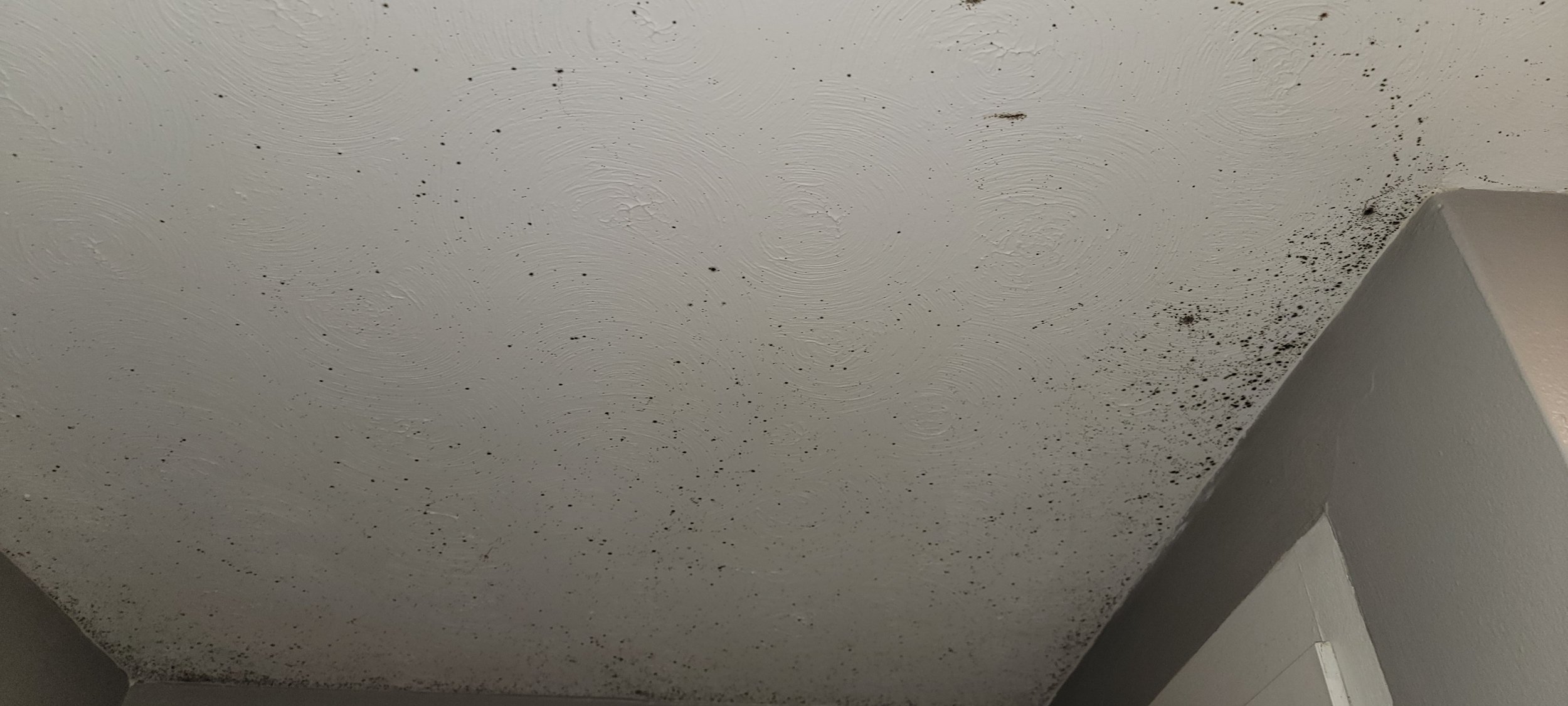Is that….Is that Mold?
Any home owner can agree, finding mold in your home is scary. Where did it come from, why is it here and how do I get rid of it? This experience can feel very helpless if you do not know what to do next. That’s where we come in! With a quick phone call, we will have one of our certified mold experts help you understand what is going on in your home and what can be done to remove it.
What is mold?
Molds produce tiny spores to reproduce. Mold spores waft through the indoor and outdoor air continually. When mold spores land on a damp spot indoors, they may begin growing and digesting whatever they are growing on in order to survive. There are molds that can grow on wood, paper, carpet, and foods. When excessive moisture or water accumulates indoors, mold growth will often occur, particularly if the moisture problem remains undiscovered or un-addressed. There is no practical way to eliminate all mold and mold spores in the indoor environment; the way to control indoor mold growth is to control moisture.
Remember:
The key to mold control is moisture control.
If mold is a problem in your home, you should have it cleaned promptly and fix the water problem.
It is important to dry water-damaged areas and items within 24-48 hours to prevent mold growth
Is testing for mold needed?
In most cases, if visible mold growth is present, sampling is unnecessary. Since no EPA or other federal limits have been set for mold or mold spores, sampling cannot be used to check a building's compliance with federal mold standards. Surface sampling may be useful to determine if an area has been adequately cleaned or remediated. Sampling for mold should be conducted by professionals who have specific experience in designing mold sampling protocols, sampling methods and interpreting results. Not sure or just looking for reassurance, we would be glad to test your home.
Are there federal regulations or standards regarding mold testing?
Standards or Threshold Limit Values (TLVs) for airborne concentrations of mold, or mold spores, have not been set. Currently, there are no EPA regulations or standards for airborne mold contaminants.
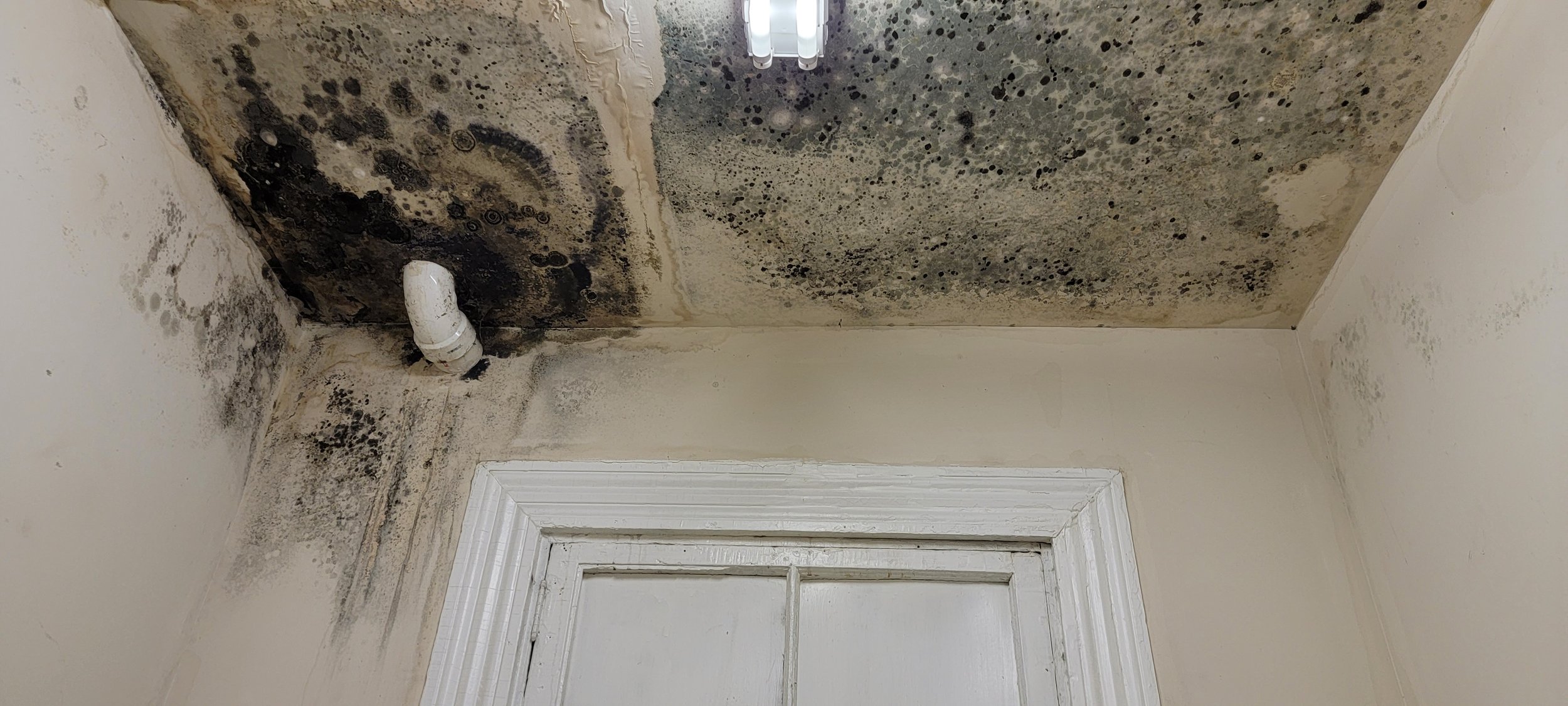
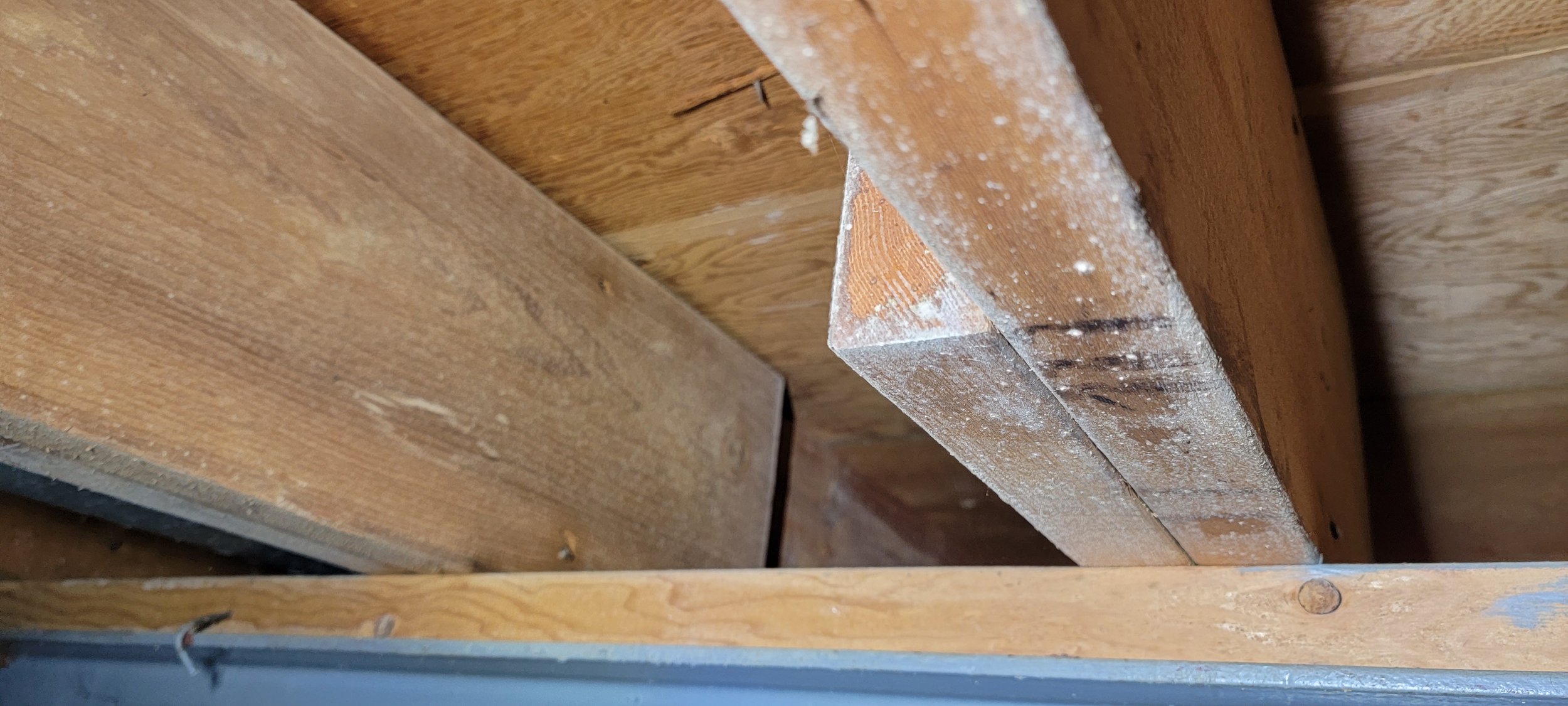
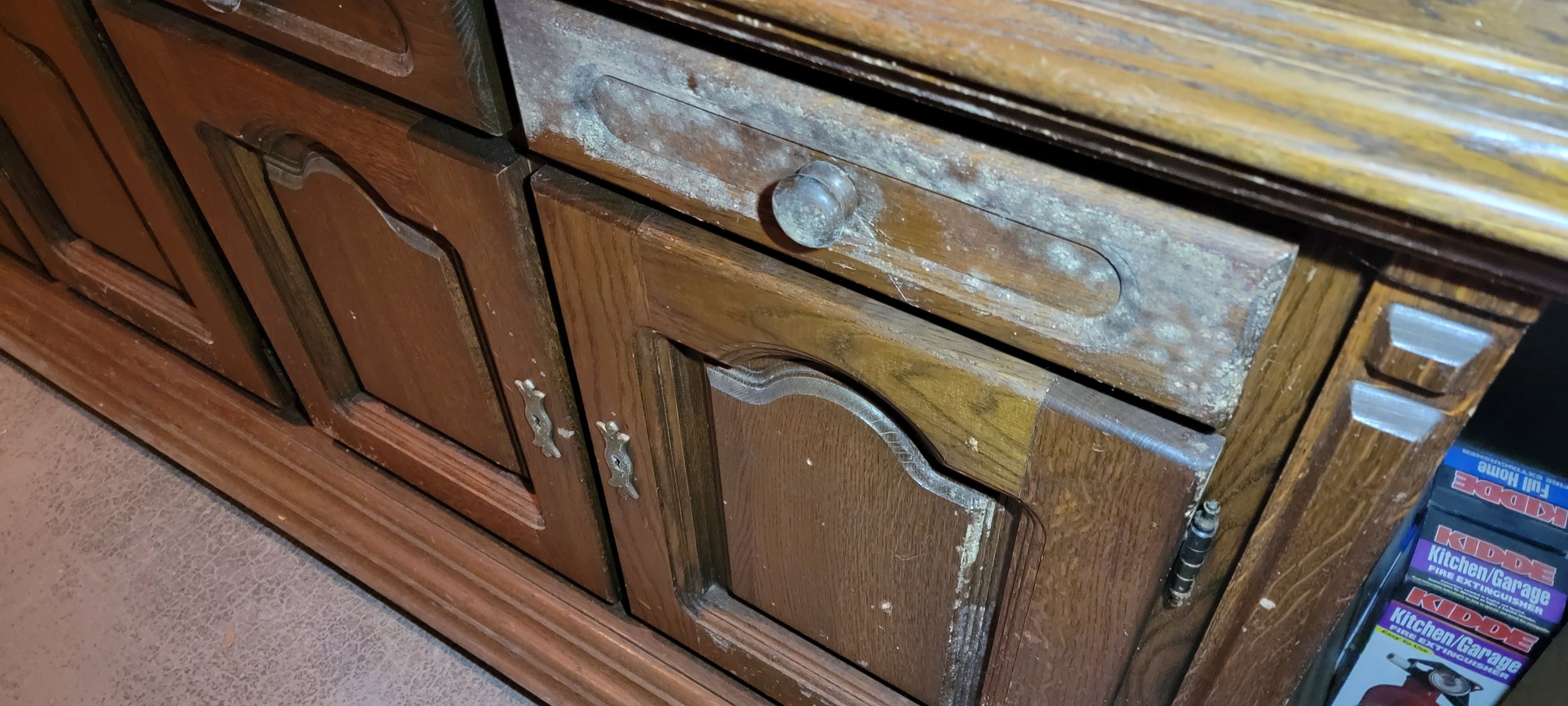
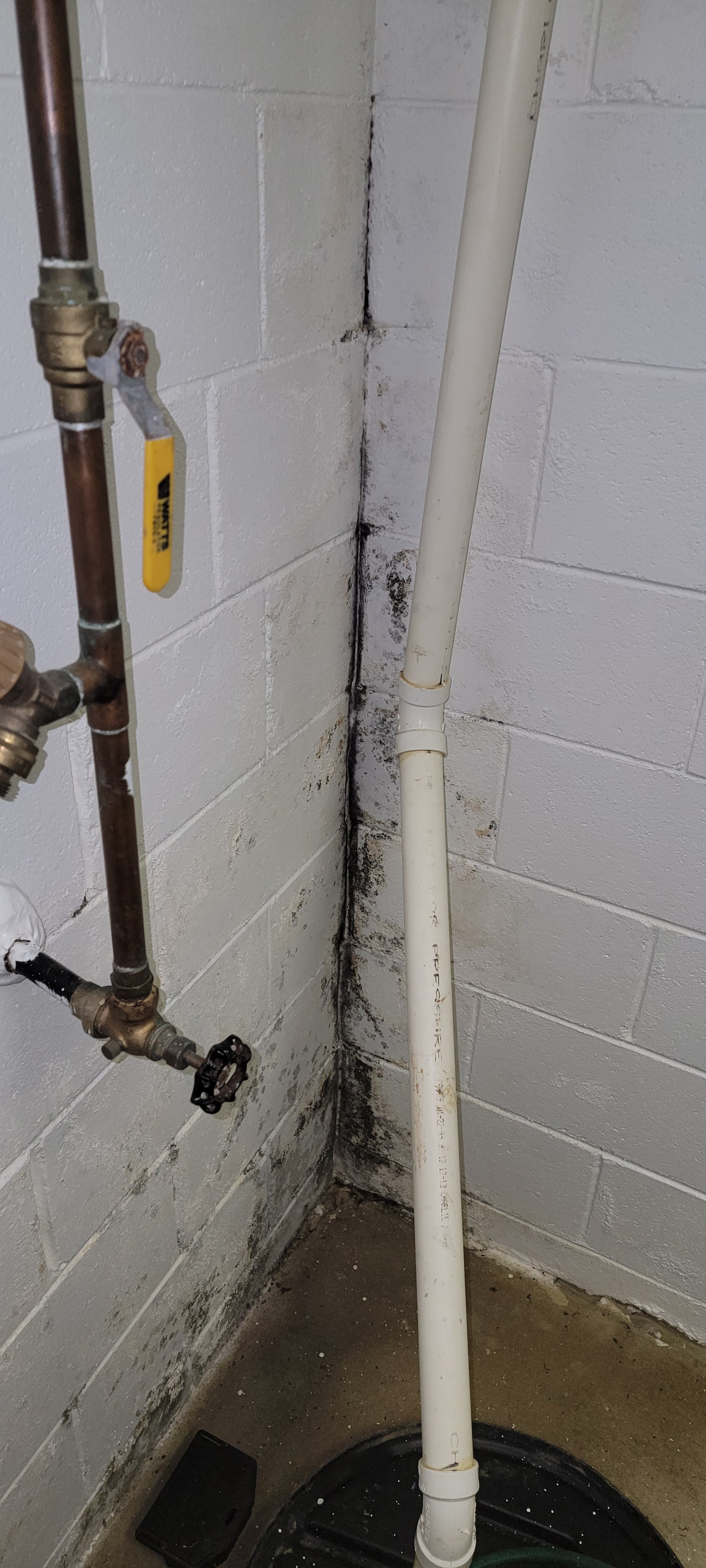
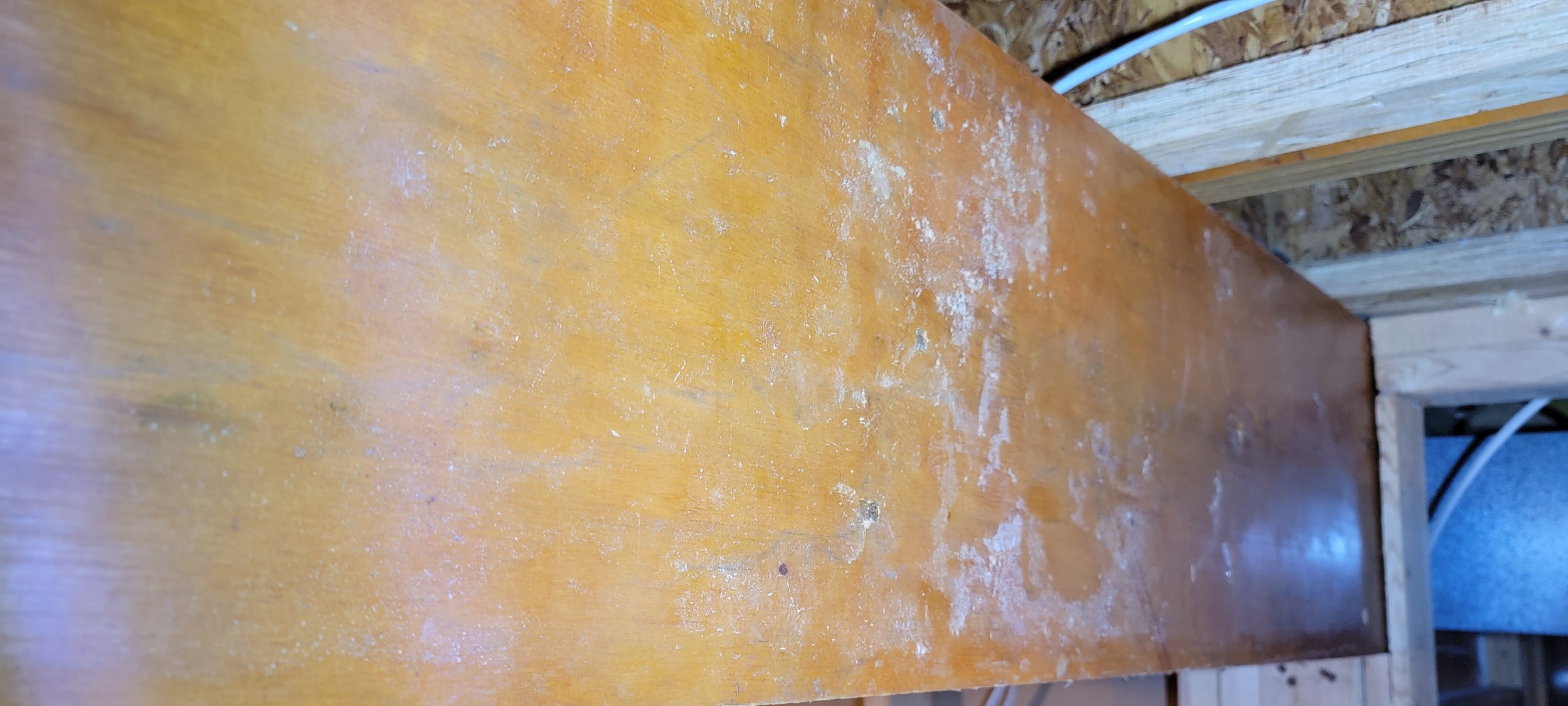
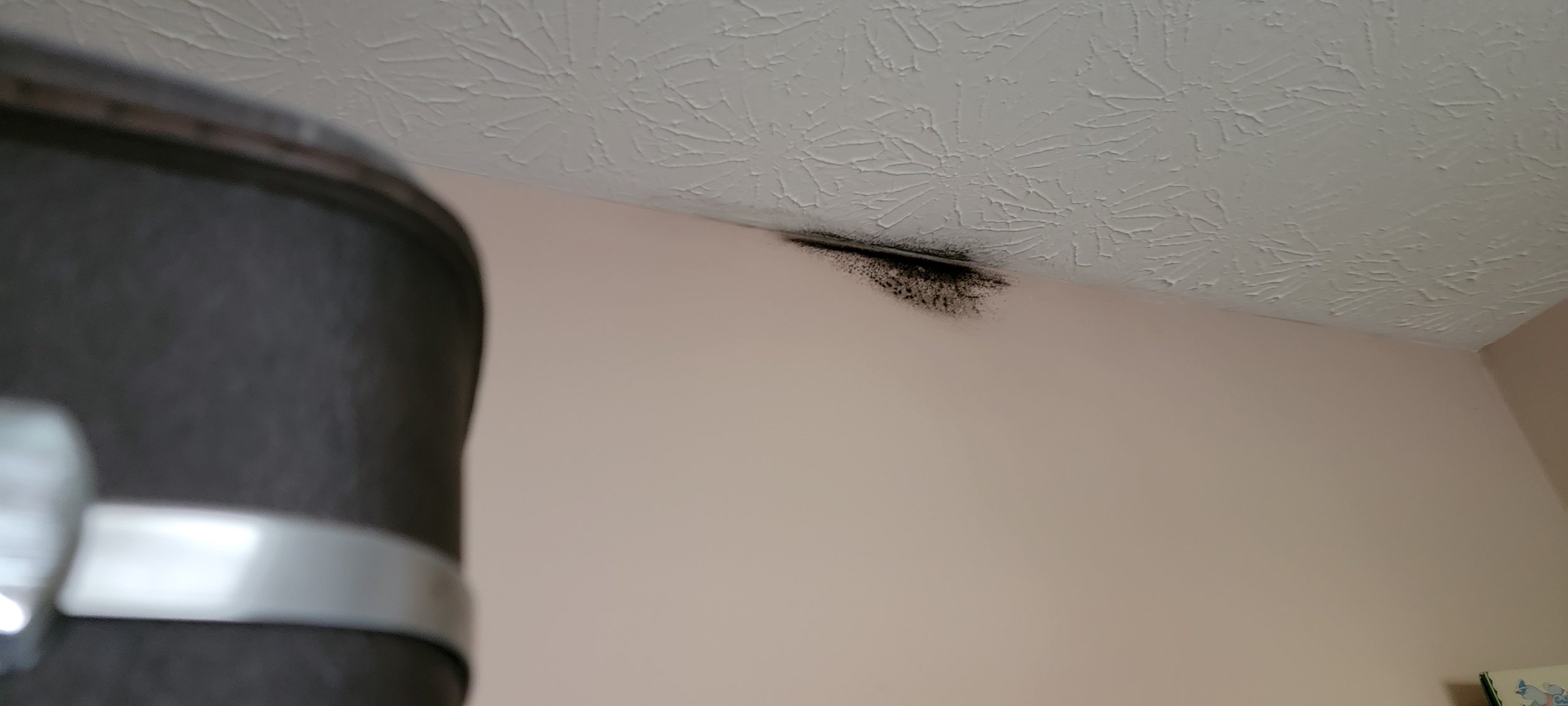
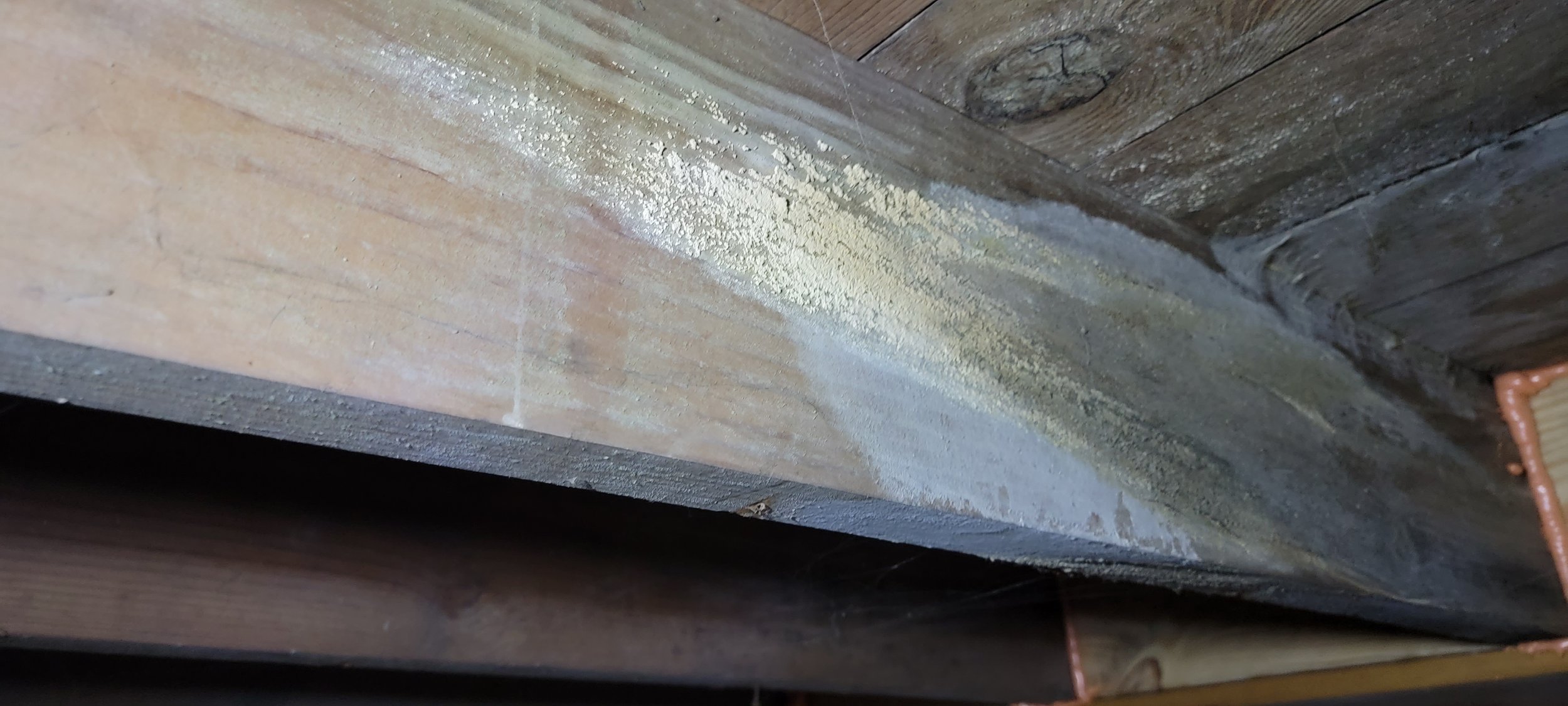
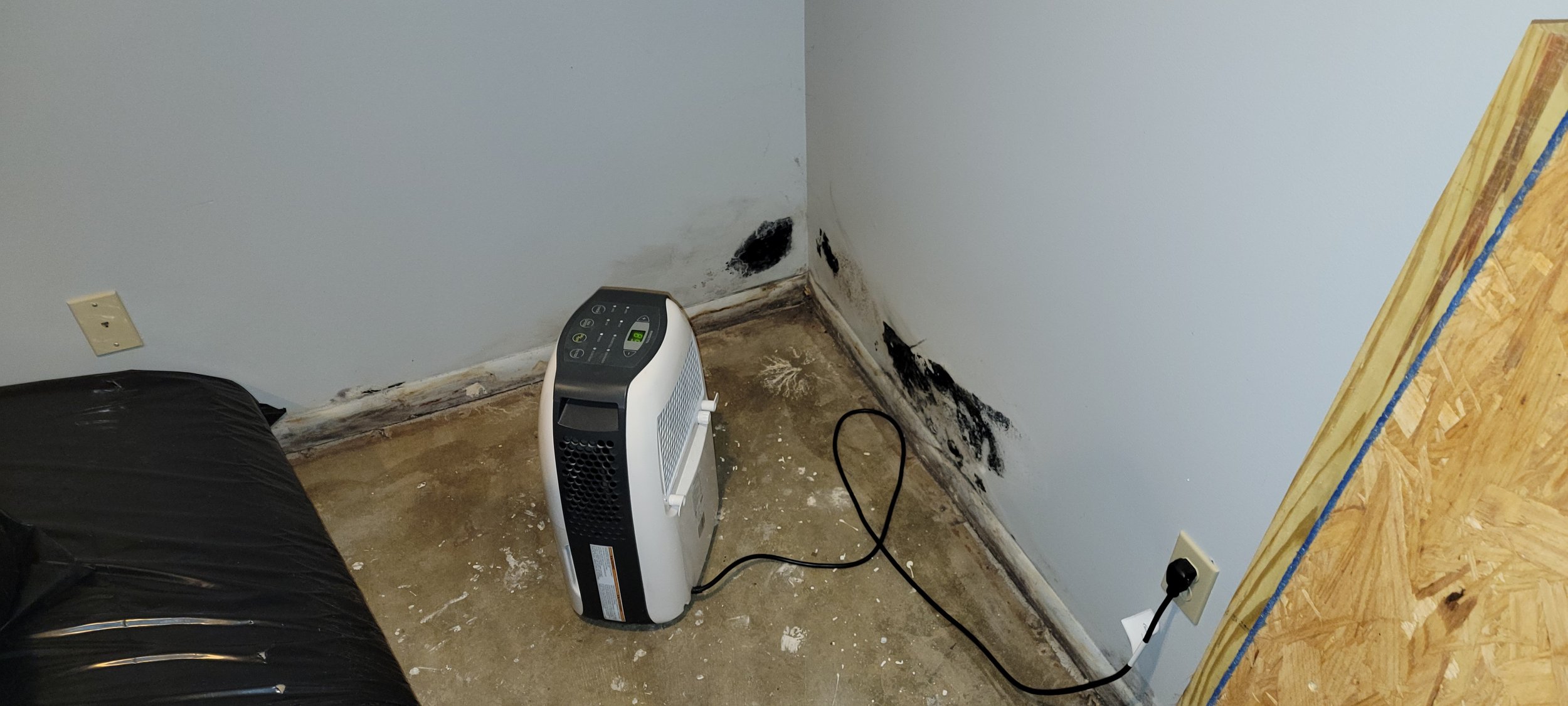


How can I tell if I have a mold problem?
Molds are usually not a problem indoors, unless mold spores land on a wet or damp spot and begin growing.
Molds are part of the natural environment. Outdoors, molds play a part in nature by breaking down dead organic matter such as fallen leaves and dead trees, but indoors, mold growth should be avoided. Molds reproduce by means of tiny spores; the spores are invisible to the naked eye and float through outdoor and indoor air. Mold may begin growing indoors when mold spores land on surfaces that are wet. There are many types of mold, and none of them will grow without water or moisture.
It is impossible to get rid of all mold and mold spores indoors; some mold spores will be found floating through the air and in house dust. The mold spores will not grow if moisture is not present. Indoor mold growth can and should be prevented or controlled by controlling moisture indoors. If there is mold growth in your home, you must clean up the mold and fix the water problem. If you clean up the mold, but don't fix the water problem, most likely, the mold problem will come back. This is why it is recommended that you do not attempt to address a mold issue on your own. Thankfully, you found us and we are here to help. As well, we will not fill your home with unwanted chemicals or use excessively wasteful remediation technics. As central Ohio’s leading Eco-Friendly mold removal company, you can count on us to take care of your mold problem in a way that is best for you, your family, your home and the environment.


